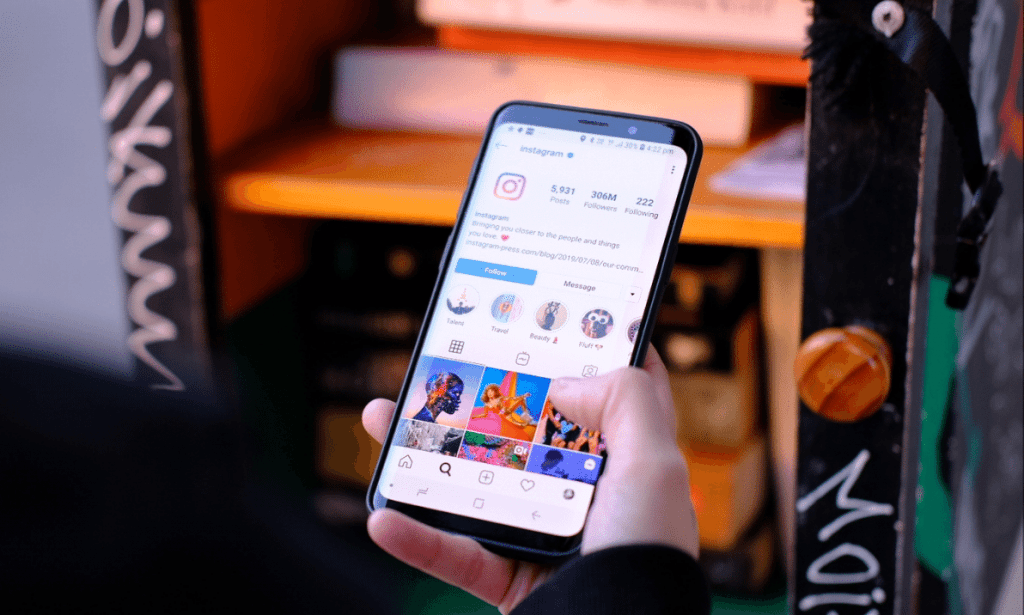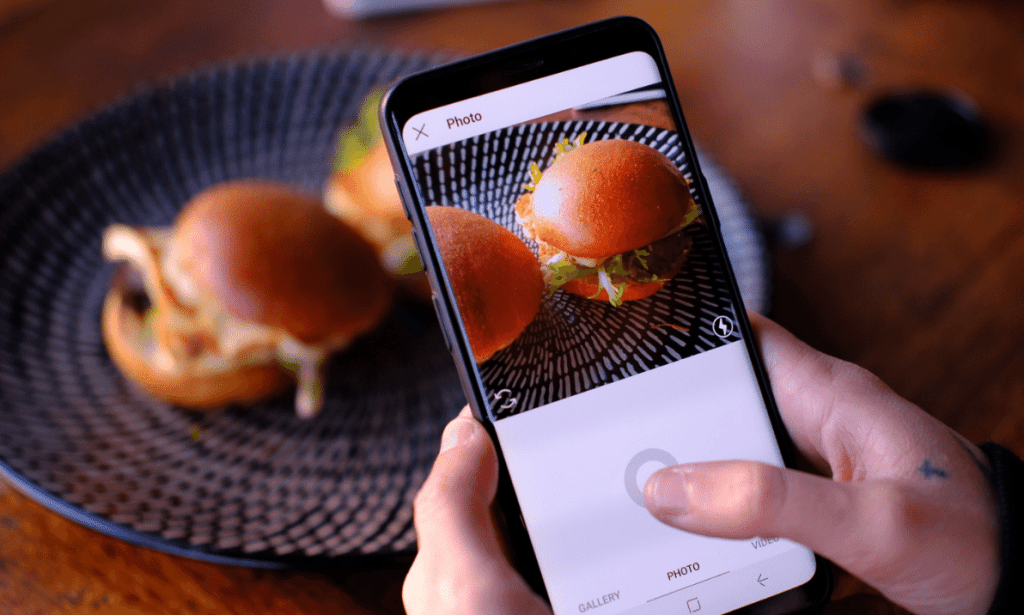Every day, apps after apps are launched with one intent: to grab the attention of users. The priority placed on grabbing the attention of people to Instagram made way for the invention of a bunch of different marketing strategies and user engagement techniques.
A decade ago, before this app was launched, the world was without Valencia filters. Square format pictures and amateur food photography were lined up in users’ feed. In addition to that, brands stuck with the media for their advertisements and marketing. In fact, before Instagram, there was no room for organic Instagram growth service, and now they are quite popular.
How It All Started
In 2010, two US university students, Kevin Systrom and Mike Krieger put heads together and developed Instagram’s first model, which they named Burbn. It was called Burbn as a result of Systrom’s love for whiskey and bourbon.
Burbn was a geo-checking app. In simple terms, it lets users check-in their location, post photos, and share their plans. Later on, Burbn was stripped of all its geo-checking features. Leaving only uploading, liking, and commenting on photos. Also, its name was changed, and it became “Instagram.”It was called Instagram because people were sending instant telegrams through it.
The Experimentation Stage
The duo (Systrom and Krieger) began testing their brainchild with a few experimental photos. Systrom was the first to upload a post which he captioned “test.” He uploaded a picture of a stray dog sitting near a taco stand with his girlfriend’s foot beside the dog.
You could say that Instagram’s first day was an illustrious start, but it was far behind in terms of composition, precision, and editing. Judging by how it was looking back then, no one would have guessed that the society would accept it.

So How Did Things Get This Big?
Well, from just a handful of users, it took eight weeks to gather a million users – very impressive. It was first available only for iPhones, but as its user-base increased, in April 2012, it was updated to be also used on Android. Now Instagram was able to amass over 30 million users. Although it was already a successful photo-sharing app, it still needed some serious improvements. Yes, users could upload photos, apply filters, share with friends, but it had to get better.
Instagram’s Improvements and Success
Facebook’s CEO Mark Zuckerberg, in 2012, bought the app for a billion dollars (300 million in cash and the rest in stock.) if you are asking: all that money for an app? Then you and I are on the same team. But that wasn’t what Mark thought. He saw potentials in the app, or so he said.
In 2013, Facebook took Instagram a step further. It launched a new feature that allowed brands to pay for sponsored posts. This step paved the way for social media marketing and advertising. Instagram also introduced a few apps whose different features helped to improve its quality, effectiveness, and efficiency. Some of those apps include.
1. The messaging app, “BOLT.” It was launched by Instagram a year later. It allowed users to click on a friend’s profile photo, and then send an image that disappears after it has been viewed. In 2015, Instagram had become a major social media platform. And you guessed right; more apps came after Bolt.
2. Hyperlapse came along; it allowed users to record videos for over an hour and stabilize them through time-lapse.
3. Boomerang came immediately after Hyperlapse. It enables users to combine photos into a one-second short video that played back and forth in a loop.

In addition to that, Instagram introduced a feature for widescreen videos. Also, new updates were released to allow users to share location, hashtag, pages, etc. In that same year, advertisers were able to purchase carousel ads. If you are wondering what a carousel ad means, it is a feature that allows a user to post more than one image in an upload. It gives Instagram users an option to view different angles of a product on one particular post.
4. In 2017, multi-video was introduced. Users could upload up to 10 minutes of videos to the platform. Skippable ads were added, and it became possible to include stickers into uploads (just like in Snapchat).
5. The business profile option was launched, and about 200,000 brands bought in on the idea not long after its launch.
6. Then came the offline mode, which lets users comment, like, save media and unfollow other users without an internet connection.
So far, so good. The photo-sharing app has blossomed into a social networking service with over one billion monthly users from all over the world. Heads of Government, celebrities, social leaders, laypeople like me and you, and virtually anyone can now upload videos, pictures and share their life experiences with the world at large.



